
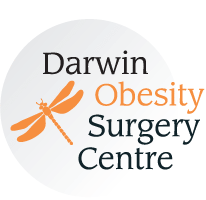
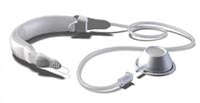 |
The Adjustable Gastric Band
The Adjustable Gastric Band was developed in Sweden in 1985 and has been available globally
since 1996.
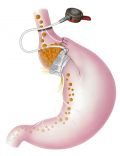 |
The gastric band is a soft balloon that is fitted around the uppermost part of stomach.
It does not alter normal anatomy, but reduces the stomach volume (so people feel full with a smaller size meal), and slows stomach emptying (so people are not hungry between meals). It can be adjusted simply, according to the person's needs. The operation is usually completely reversible.
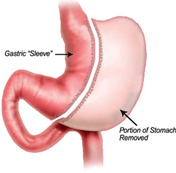 |
Sleeve Gastrectomy.
Sleeve gastrectomy has become popular due to the simplicity of surgery and the relative lack of need for close follow up. Recent studies have confirmed its effectiveness over the longer term (more than 5 years).
At the operation the stomach is made smaller (so people feel full with a smaller size meal) by permanently removing a portion of the stomach.
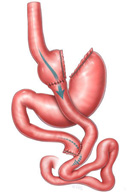 |
Roux-enY Gastric Bypass.
The gastric bypass procedure achieves weight loss in two ways. A small upper stomach pouch is made by stapling the stomach (so people feel full with a smaller size meal). A length of bowel bypasses the lower stomach plus upper intestine, to reduce the uptake of food into the body.
The risk of postoperative complications is low. The risk of dying from the surgery is less than 0.2% and the risk of severe complications such as bleeding, infections and thromboembolism is less than 5%. Gastric bypass surgery is currently as safe as gallbladder surgery.
However, the gastric bypass procedure can result in significant vitamin and mineral deficiencies including Iron, vitamin B12, vitamin B1, calcium, zinc, vitamin D and folate. Therefore, as with all bariatric procedures, the patients who undergo gastric bypass require life-long surveillance and vitamin and mineral supplementation.
Single Anastomosis Gastric Bypass.
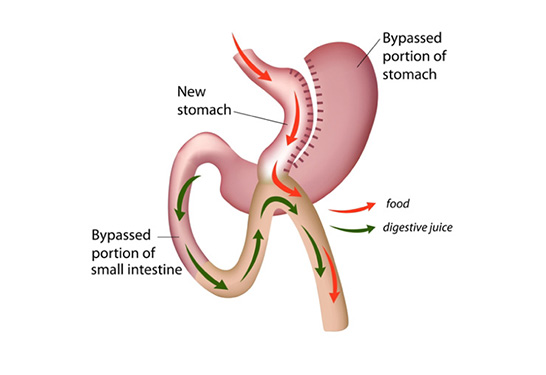 The single anastomosis gastric bypass (SAGB) is a relatively new procedure, which combines some of the properties of a gastric sleeve and a Roux-en-Y gastric bypass. The upper part of the stomach is divided into a tube, similar to the top three quarters of a sleeve and then joined to a loop of intestine. It is an operation that combines restriction with some malabsorption, and the result is that it provides good weight loss with great quality of life. This technique differs from the traditional Roux-en-Y Bypass (RYGB) which requires two connections (anastomoses).
The single anastomosis gastric bypass (SAGB) is a relatively new procedure, which combines some of the properties of a gastric sleeve and a Roux-en-Y gastric bypass. The upper part of the stomach is divided into a tube, similar to the top three quarters of a sleeve and then joined to a loop of intestine. It is an operation that combines restriction with some malabsorption, and the result is that it provides good weight loss with great quality of life. This technique differs from the traditional Roux-en-Y Bypass (RYGB) which requires two connections (anastomoses).
The SAGB has few long term complications. Less than 5% of the patients may require revision surgery, with half of the revisional surgeries due to severe malnutrition and the other half due to bile reflux, ulcer and/or weight regain.
Darwin Obesity Surgery Centre
Darwin Private Hospital
Rocklands Drive
TIWI NT 0810
Phone (08) 7981 5694
Facsimile (08) 7981 5698
Laparoscopic Surgery in Darwin Weight Loss Surgery for Morbid Obesity Surgical Procedures for Morbid Obesity |
Weightloss options for Morbid Obeisty Laparosocopic (Keyhole) Surgery for Severe Obesity Endoscopic (Telescope) Surgery for Severe Obesity |
Darwin Weight Loss Surgery Diabetes and Obesity in Darwin Weight Loss Surgery in Darwin |